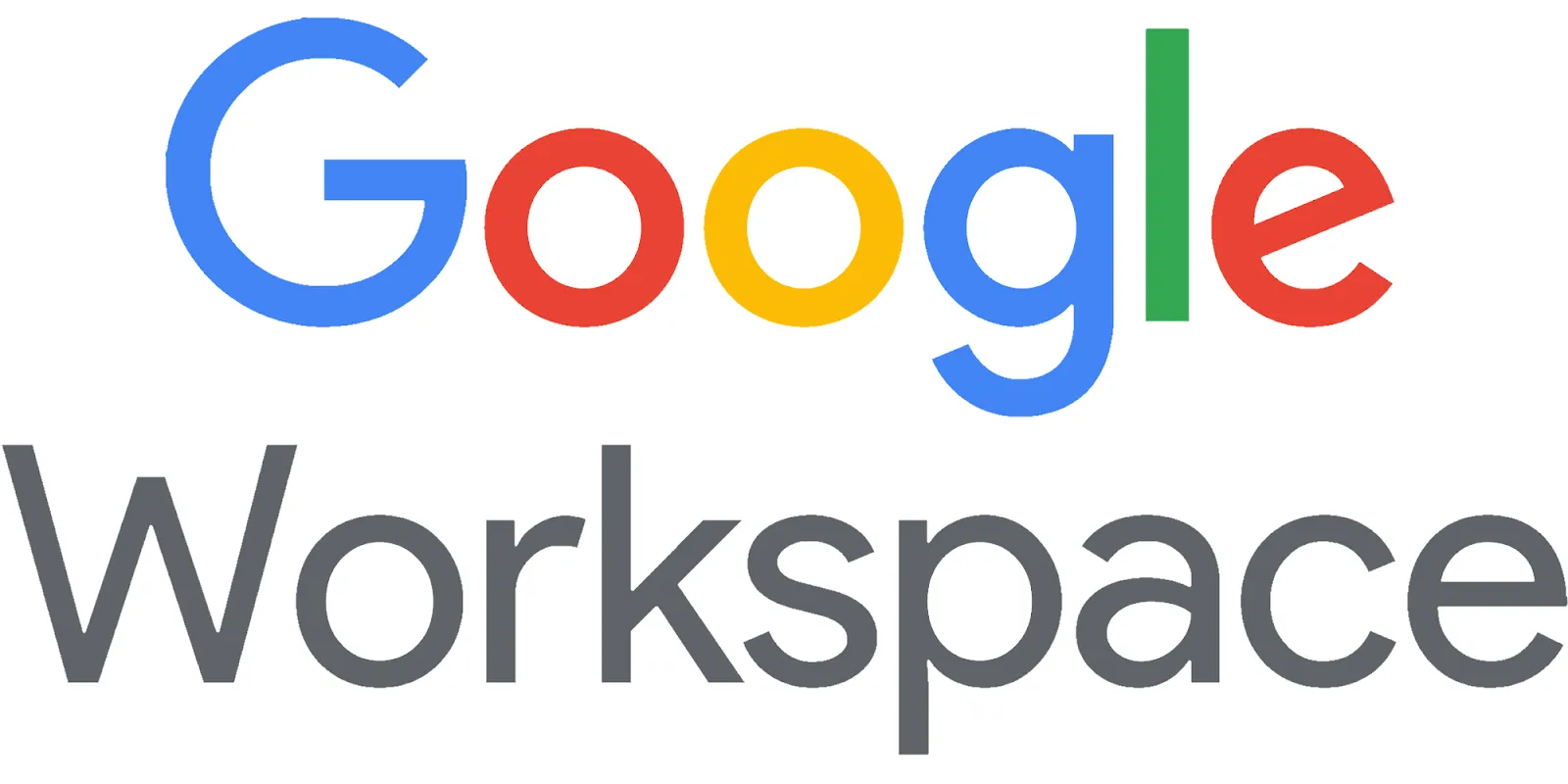Advantages of Using the Blogger API for Creating Posts

Advantages of Using the Blogger API for Creating Posts: An SEO-Friendly Overview
Creating posts on Blogger can be greatly enhanced by using the Blogger API. Whether you’re a developer looking to automate your blog management or a business aiming to streamline content creation, leveraging the Blogger API offers numerous advantages. This guide explores the key benefits of using the Blogger API for creating posts and how it can optimize your blogging workflow.
What is the Blogger API?
The Blogger API is a powerful tool provided by Google that allows developers to interact programmatically with the Blogger platform. It offers a range of functionalities, including creating, managing, and deleting blog posts, as well as retrieving information about your blog and its content.
Advantages of Using the Blogger API for Creating Posts
1. **Automated Content Management**
One of the primary advantages of using the Blogger API is the ability to automate the creation and management of blog posts. Automation can save significant time and effort, especially if you have multiple blogs or a high volume of content. By integrating the API into your workflow, you can:
- Schedule posts in advance.
- Publish drafts automatically based on predefined conditions.
- Update or delete posts programmatically without manual intervention.
2. **Seamless Integration with Other Systems**
The Blogger API allows for seamless integration with other systems and platforms. For instance, you can:
- Connect your blog with content management systems (CMS) to streamline publishing.
- Integrate with analytics tools to track the performance of your posts in real time.
- Synchronize with third-party applications to enhance functionality and content distribution.
3. **Enhanced Customization and Control**
Using the Blogger API gives you greater control over your content and how it is published. You can:
- Customize post formatting and metadata programmatically.
- Apply specific tags, categories, or labels to posts automatically.
- Manage post visibility and scheduling with precision.
4. **Efficient Content Repurposing**
Repurposing content can be a valuable strategy for maximizing the reach of your blog posts. The Blogger API facilitates this by allowing you to:
- Clone or modify existing posts quickly.
- Distribute content across multiple blogs or platforms with minimal effort.
- Update or revise posts based on new information or trends.
5. **Improved SEO and User Engagement**
Effective use of the Blogger API can contribute to better SEO and increased user engagement. Here’s how:
- SEO Optimization: Programmatically add SEO-friendly tags, meta descriptions, and structured data to your posts.
- Content Consistency: Maintain a consistent posting schedule, which is beneficial for both search engines and readers.
- User Engagement: Automate personalized content recommendations or follow-ups based on user behavior.
How to Get Started with the Blogger API
Getting started with the Blogger API involves a few key steps:
- Obtain API Key: Create a project in the Google Cloud Console and enable the Blogger API to get your API key.
- Familiarize Yourself with API Documentation: Review the Blogger API documentation to understand available endpoints and functionalities.
- Integrate and Test: Implement the API into your application or script, and thoroughly test its functionalities to ensure smooth operation.
Conclusion
Using the Blogger API for creating and managing posts provides numerous benefits, from automation and integration to enhanced customization and SEO optimization. By leveraging the API’s capabilities, you can streamline your blogging workflow, improve content management, and enhance overall user engagement. Start exploring the Blogger API today to take full advantage of these benefits and elevate your blogging experience.










Comments
Post a Comment